
Beautiful music should be shared. From the studio to the stage, producer Bad Snacks embodies that philosophy, creating music that resonates with global audiences and gets them moving. Throughout her career, she’s never hesitated to give fellow artists a look into her process.
Rich with lo-fi and dance influences, Bad Snacks’s catalog of songs offers up a soundscape of lush strings, driving basslines, and hard-hitting grooves. After going viral on Andrew Huang’s “4 Producers” challenge, she released several instrumental beat tapes that garnered an overwhelmingly enthusiastic response, amassing millions of streams. Her dedication to fans and for other creators to explore their creativity remains unwavering as she unveils a sound pack with Soundtrap featuring 28 loops and 52 one-shots to help take your lo-fi production game to the next level.
Soundtrap is an online studio for songwriters and beat makers. Made by musicians and producers, Soundtrap offers an intuitive interface, coupled with over 24,000 royalty-free loops and instruments, to make professional-sounding music and storytelling simple and collaborative for everyone, no matter where they are.
The Bad Snacks collaboration, available on the Music Maker Supreme and Complete plans, is the latest addition to the expansive Soundtrap Originals series, a biweekly release of audio content produced by a network of music producers exclusively for Soundtrap users. The sound pack contains handpicked ingredients straight from Spotify’s Studio in LA, produced by Bad Snacks just for Soundtrap. It’s full of lush, vintage textures, spicy drums recorded from historical synths, classic 808s, and some fresh strings from Bad Snacks’s 100-year-old violin.
Want to cook up some tracks yourself? Try Soundtrap now.
Recently, we also invited the producer to step into our Spotify Studios in LA to work with a number of talented engineers and musicians to create her own samples and then use them in a pair of new Spotify Singles—the dreamy, nostalgic reimagining of the New Radicals hit “You Get What You Give,” as well as an original track, the ethereal, lo-fi beat-heavy “Technicolor.”
For the Record caught up with Bad Snacks to talk about the new sound pack, her new Spotify Singles, and what it was like to geek out in Spotify Studios.
Tell us about the creative approach to your tracks for Spotify Singles.
Although I started as a lo-fi producer, I think a major part of my sound and evolution has been about incorporating sounds beyond lo-fi while maintaining those warm-hug mushy feelings that lo-fi evokes. For my Spotify Singles, I really felt like the way to evolve lo-fi was to curate the samples I use as much as possible, which is why I enlisted the help of my friend, arranger Ryan Reeson, harpist Nailah Hunter, and Wholesoul. We were able to use Spotify Studios to record a string quartet and harp piece that took a lot of cues from golden-era Hollywood compositions, and then I was able to slice those into an instrumental that felt very genuine to me.
How did recording at Spotify Studios differ from your everyday production and practices?
Spotify Studios is a wonderland for someone like myself. It’s not very often that I get access to such a nice studio with all-star musicians and recording engineers, so I definitely wanted to take advantage of that. Usually my everyday production practices include a lot of messing around and experimentation, but this session was extremely premeditated and thoughtfully planned since we had so many logistics to organize.
There’s an unbelievable amount of cool, unique, and well-loved gear that all have deep stories behind them. Like, coming across a single-generation bass synth made by a water heater company? Crazy! It didn’t take long for me to start geeking out with the studio engineers about every fun fact in that room.
What tools do you use to create your music?
I’m a huge synth nerd, so I really use anything that I can experiment with. At Spotify Studios, it was such a treat to work with familiar—and unfamiliar!—gear. Especially Roland’s Juno-104 and TR-808 synths, and Hologram’s Microcosm pedal. Of course, I’m also a string player, so my violin is extremely instrumental to almost every track I make.
And of course Soundtrap is super neat because it’s very accessible, and the way it makes real-time online collaborating possible is very helpful.
You recently released a sound pack on Soundtrap that users can use for their own music. Why is it important for artists to be able to share resources and skills with one another?
We’re in a really unprecedented age of idea sharing in the arts community. As a self-taught producer and engineer, I can’t express how helpful it is to have access to some of the same ingredients that my favorite producers cook with. I have always been pretty open with my processes and resources, and although I don’t believe that should be an expectation of producers and artists, I know that being transparent and generous has surrounded me with a community that has benefited me in multitudes.
And as a producer, I’m always on the hunt for sample packs to get the ideas flowing. So with this current pack, I wanted to create sounds that are not only very usable, but could inspire producers in potentially unexpected ways. I hope people enjoy these vintage textures, because it was such a blast to create them.
Who are some of your biggest creative influences?
This is always a tough question because there are always so many, and they also shift with the seasons. Some of my all-time favorites are Flying Lotus, Björk, TOKiMONSTA, Radiohead, Teebs, and Disclosure. They all have catalogs that I never get tired of.
Hear the fruits of Bad Snacks’s labor in Spotify Studios on her two Spotify Singles below:







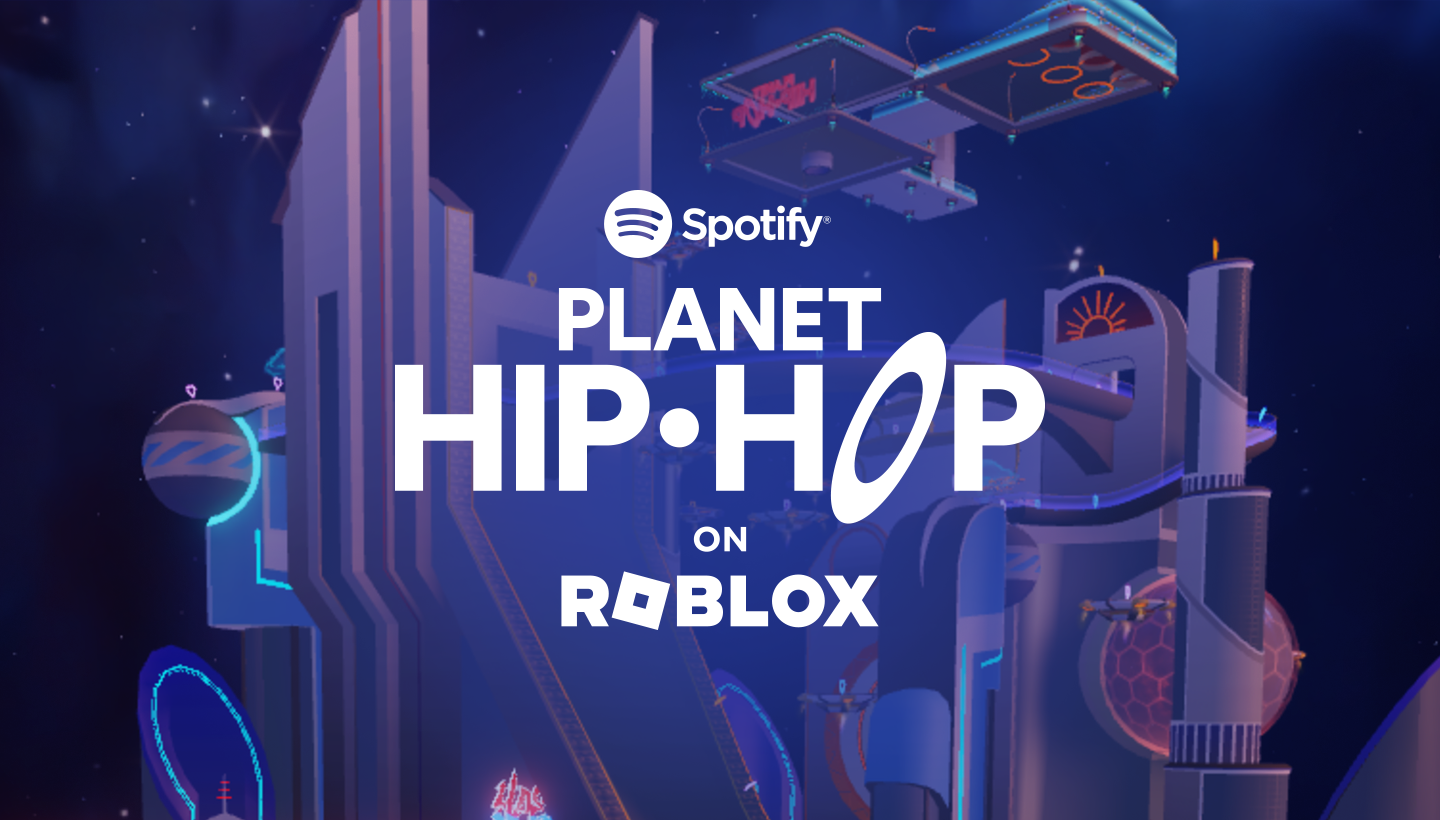
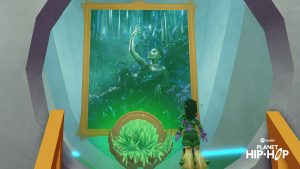
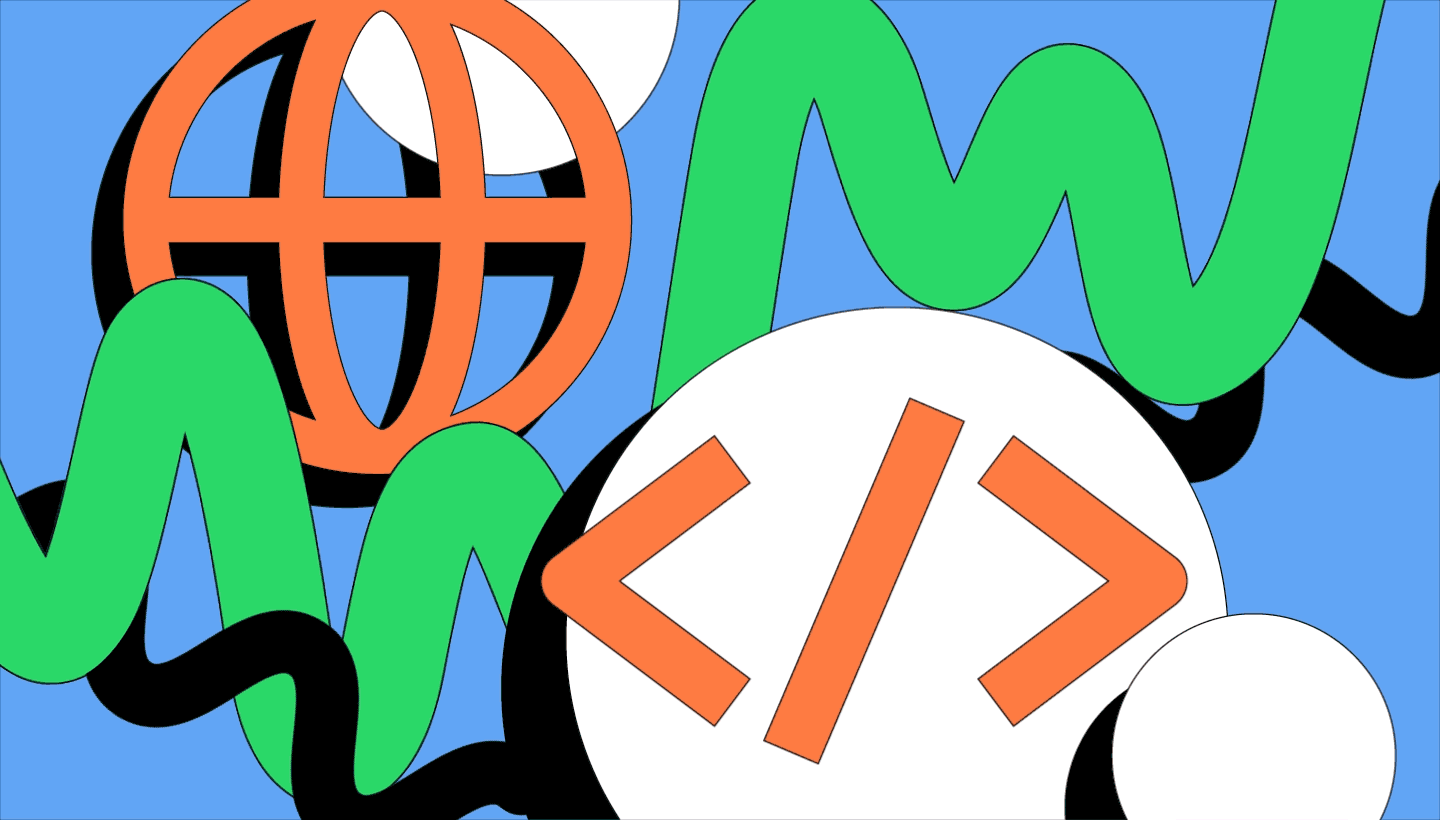
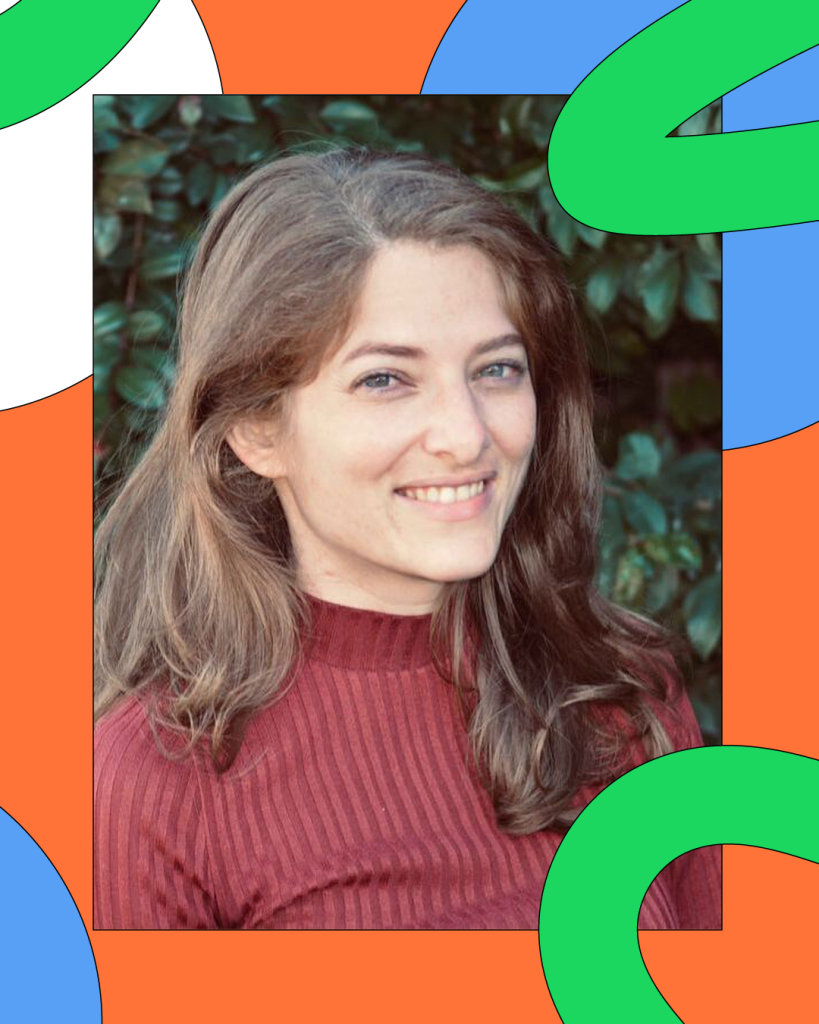
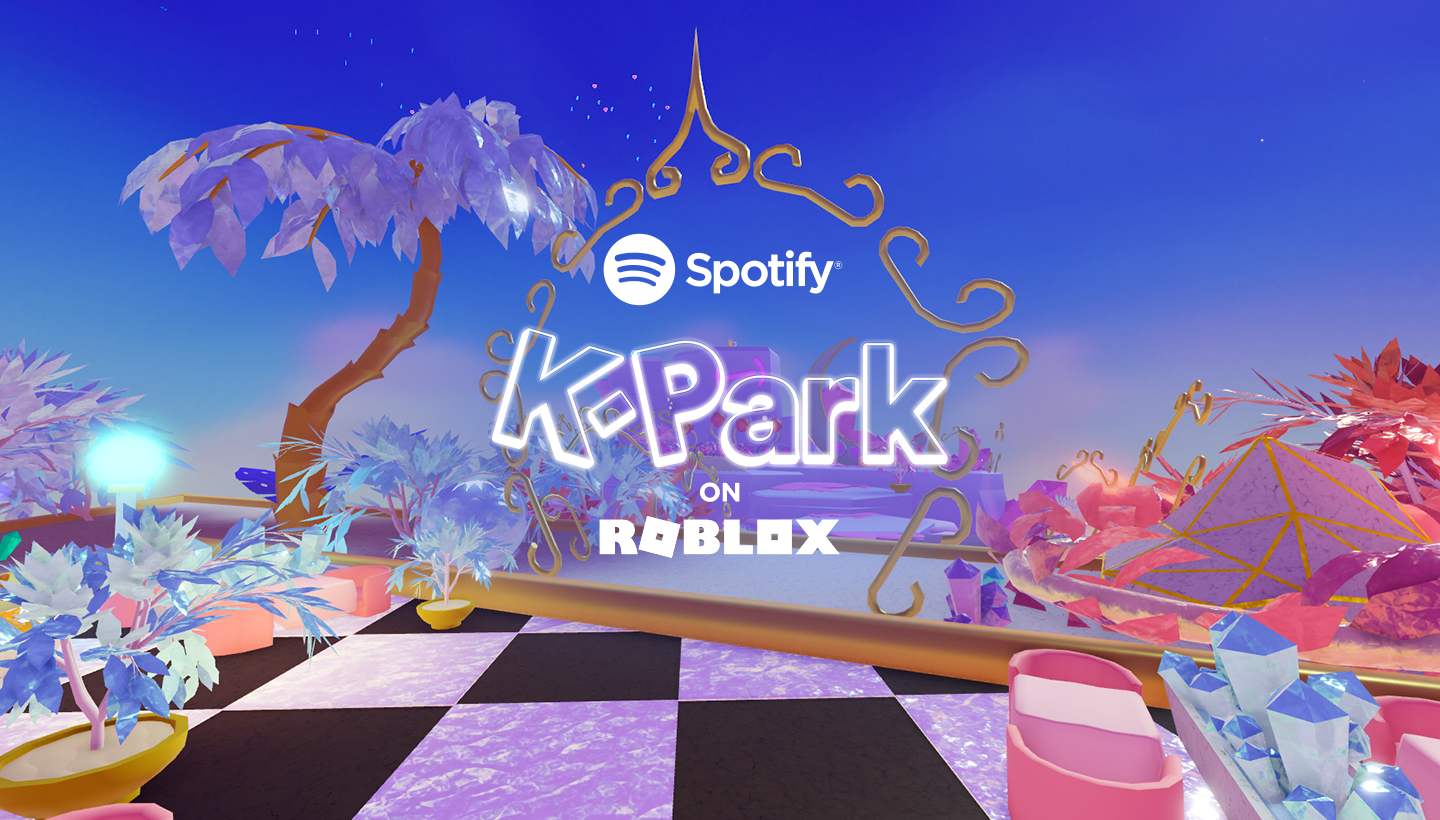
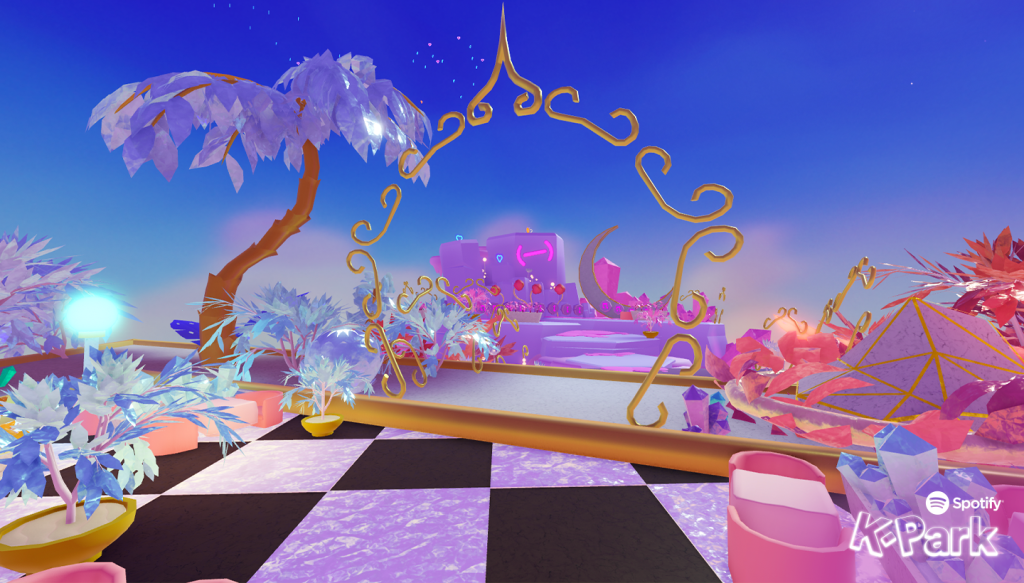
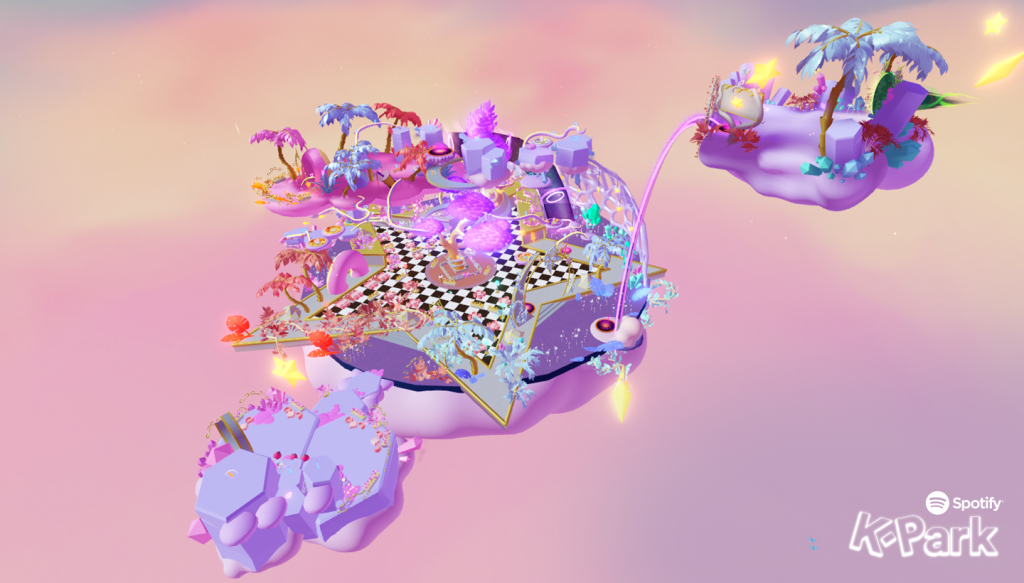
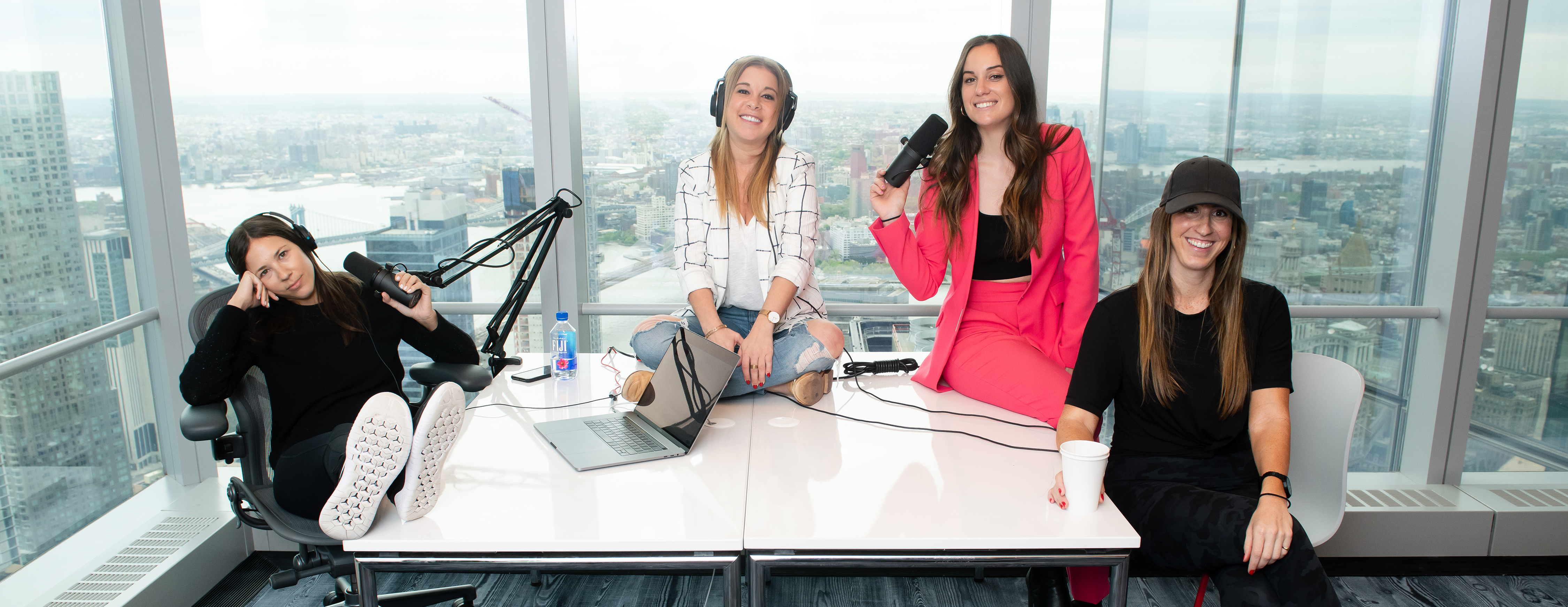
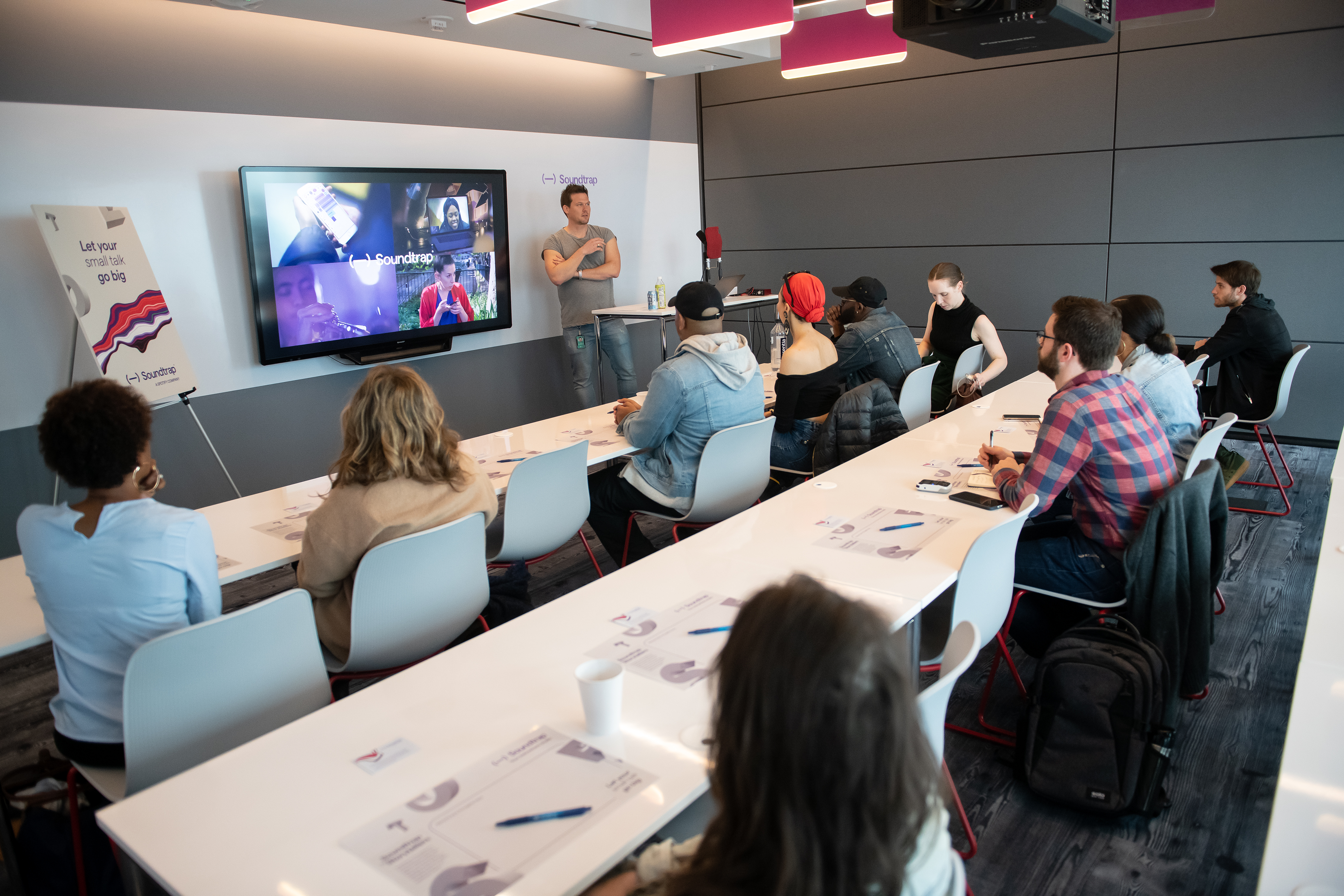


Recent Comments